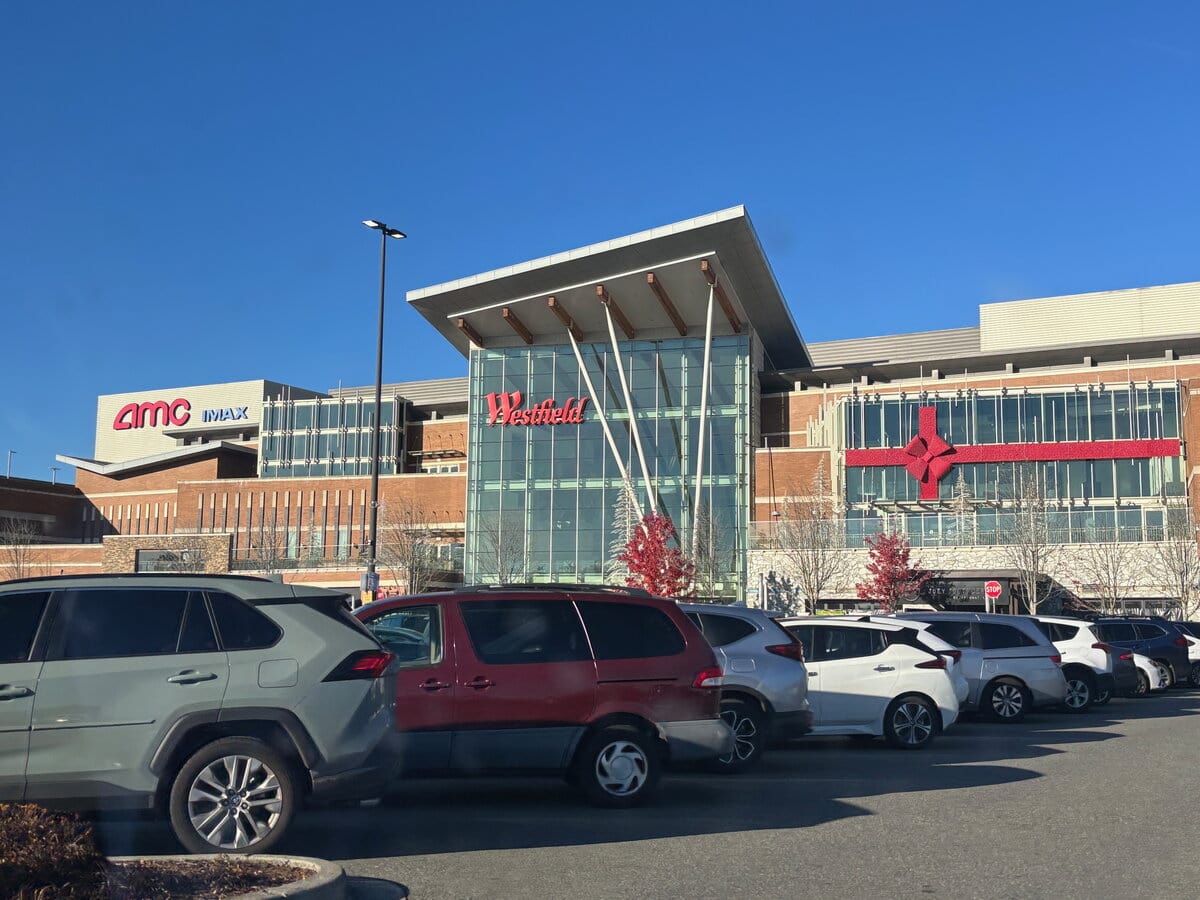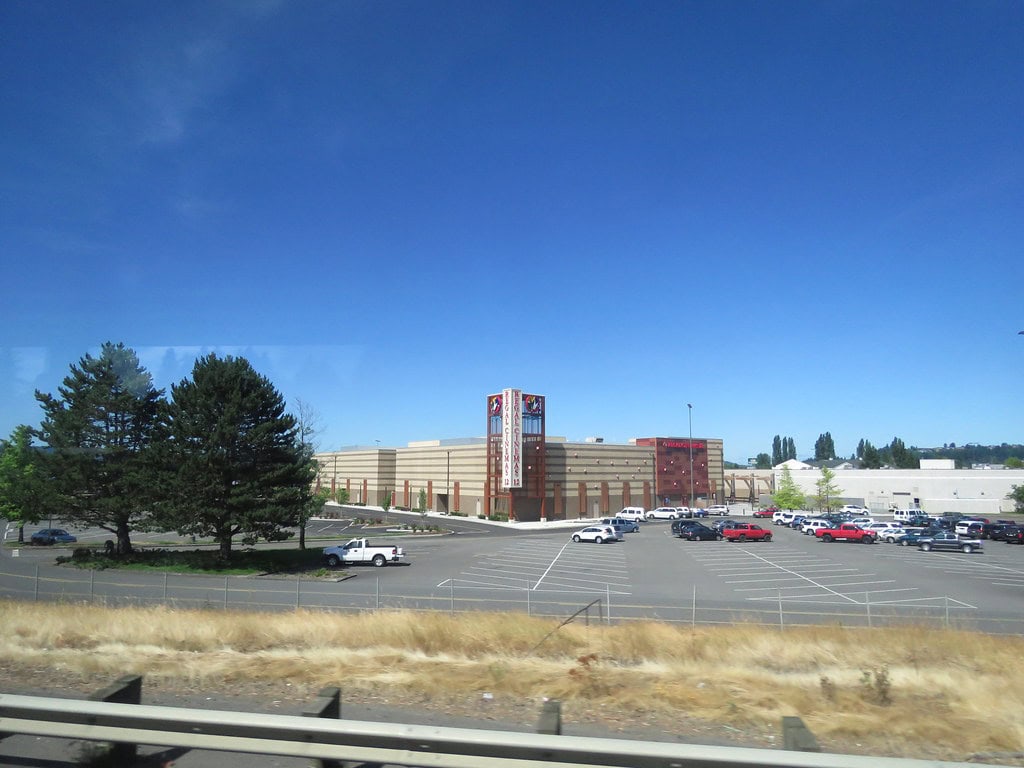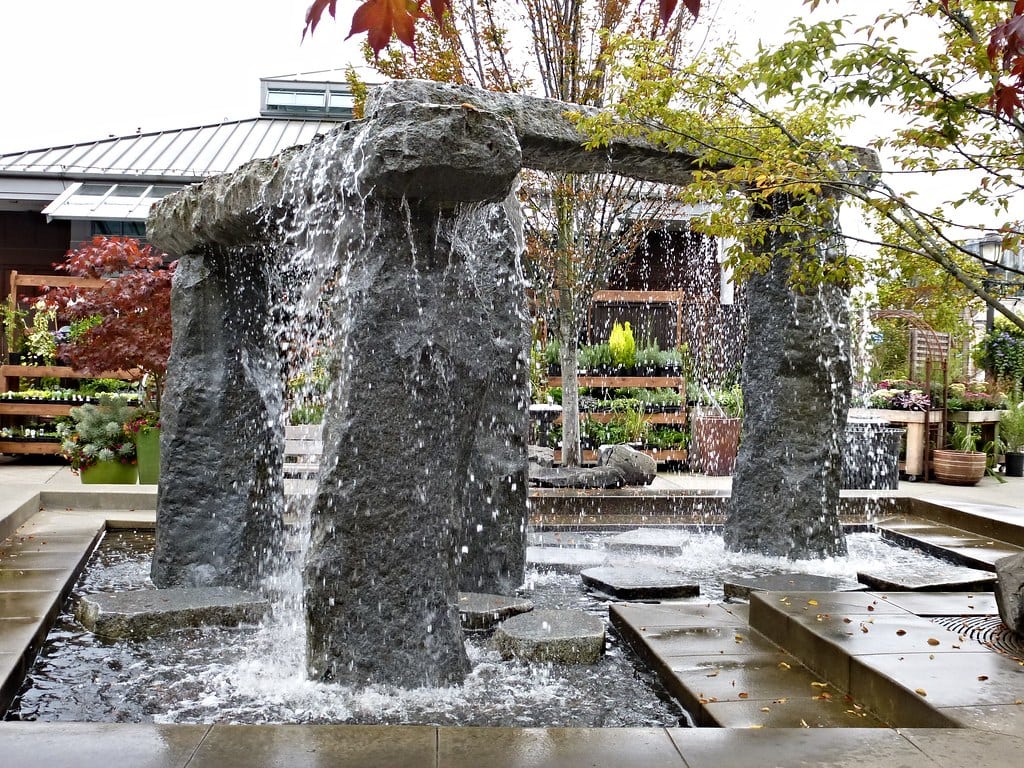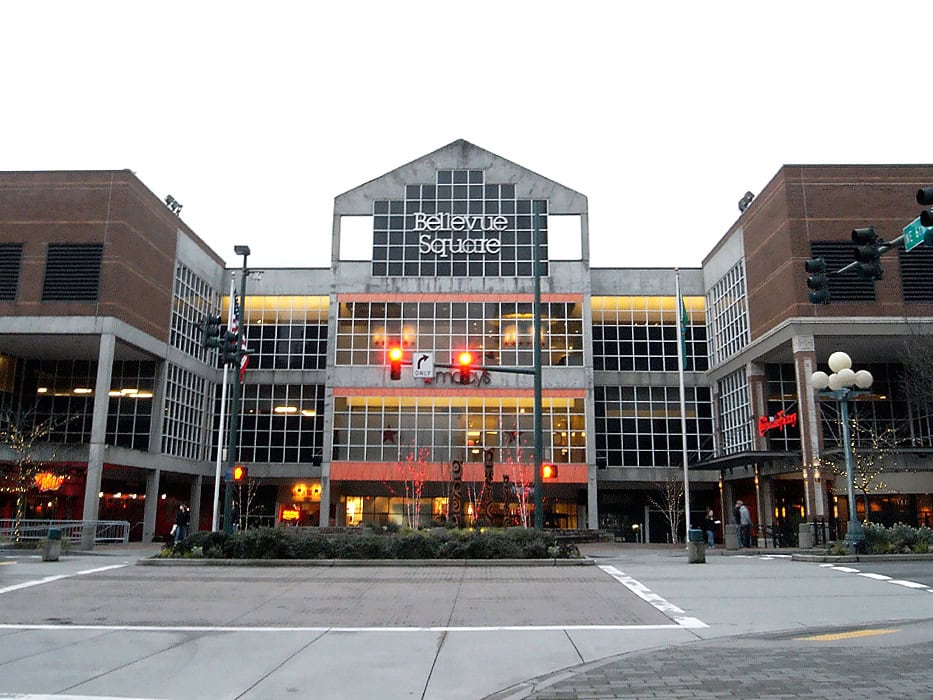Westlake Center: Once the Pulse of Downtown
If you stood on Pine Street in the fall of 1988, the mood felt like momentum. Escalators hummed inside a brand-new glass atrium. Nordstrom was still just across the way, and the monorail pulled in overhead like something out of a travel expo. Westlake Center was meant to be the downtown anchor Seattle had talked about since the 1960s.
It wasn't flashy, but the four-story retail core and 25-floor office tower had a presence. Developers timed the opening with the monorail relocation and promised a kind of civic coherence between commerce and transit. The building hasn't disappeared, but it no longer holds that center-of-gravity status.
To understand what changed, start by looking at what was built, how long it took, and what the space was supposed to mean.
Blueprint to Sales Floor - Westlake's Commercial Launch
Construction on Westlake Center began in 1986, backed by the Rouse Company and the City of Seattle.
The site, once occupied by the old Century 21 Exposition pavilion and various retail properties, was cleared after two decades of planning gridlock.
When it finally opened on October 20, 1988, the four-level shopping center and its office tower above brought 11 floors of commercial use into a part of the city that had needed investment and structure.
RTKL Associates designed the center with a mostly glass curtain wall that faced Pine Street, drawing in natural light and pedestrian attention.
The retail interior featured 82 tenant spaces, escalators rising along the atrium's edge, and entrances aligned with surrounding foot traffic patterns.
The 25-story office tower sat quietly on top, with separate access and little visual fanfare.
It held law firms, consultancies, and lease-to-own firms during the early years.
By 1999, Neiman Marcus opened a "Last Call" concept store inside Westlake Center, hoping to tap into downtown's commuter flow and lunchtime shoppers.
That store closed in 2002. The layout didn't change. The turnover had started.
Westlake Center still functioned, but the reasons people came in began to shift.
For people still searching for things to do in Seattle, the name Westlake might still ring a bell.
But its meaning keeps shifting.
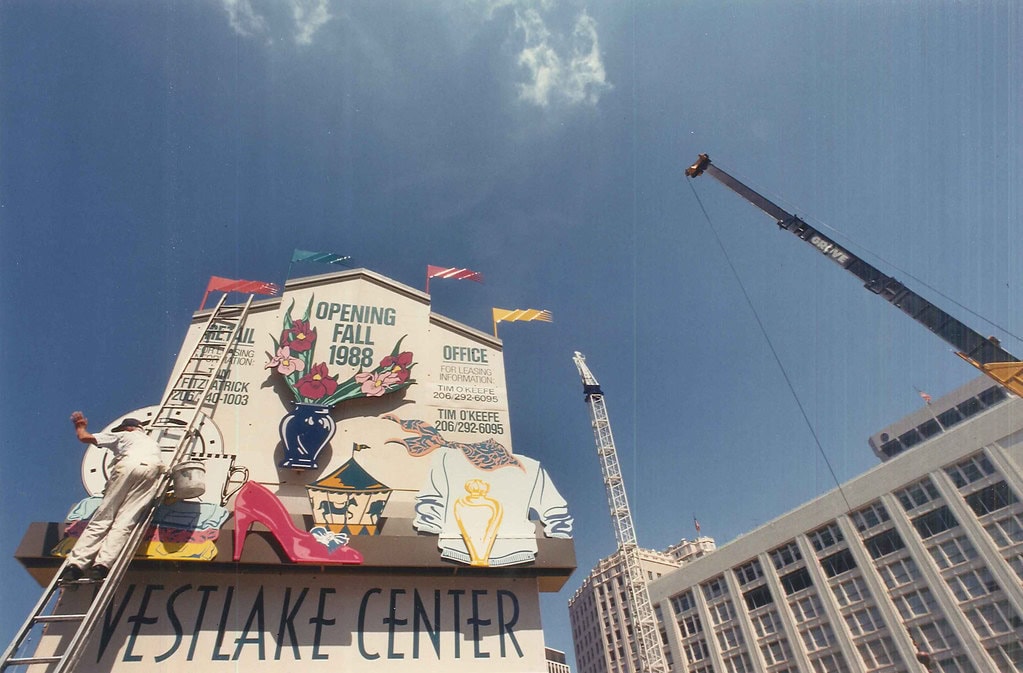
Transit Access and Facility Upgrades
When Westlake Center opened in 1988, it did more than add retail square footage to downtown.
It absorbed the south terminus of the Seattle Monorail, pulling that transit feature inside the building footprint.
The integration mattered. Commuters didn't have to detour in the weather or cross additional intersections.
They could walk off a monorail train and go straight into a mall with escalators, food options, and retail on every level.
The layout stayed the same through three decades, but the infrastructure didn't.
In 2021, Sound Transit and Seattle Monorail Services partnered with the Seattle Arena Company to push through long-overdue upgrades.
The station inside Westlake Center was renovated in two phases: one that wrapped in April and another in September.
Total funding hit $12.1 million, with $5.5 million coming from federal sources and the rest from private investment tied to Climate Pledge Arena's reopening.
Daily ridership numbers helped justify the spending.
In 2022, the line averaged 5,315 boardings per day, with service every 10 minutes.
The trip between Westlake and Seattle Center took about two minutes, and the upgrades shaved seconds off that travel time.
More importantly, they cut wait times and fixed the outdated fare system.
The station no longer felt like a retro feature locked in the 1980s.
Anchor Closures and Foot Traffic Decline
Retail inside Westlake Center didn't fall off overnight.
There was a gradual drift that started after the early 2000s and worsened as leases turned over faster than they were renewed.
The real hit came in July 2024 when Saks OFF 5th closed its 36,000-square-foot third-floor location.
That space now sits dark, available on a sublease through October 2027.
The timing matched a broader downtown pullback, where national chains began to exit in clusters rather than one by one.
In mid-2024, Pacific Place - just a block away - was over 50 percent vacant.
By the end of that year, downtown Seattle's retail vacancy rate was 13 percent, the highest since 2018.
The data reflected something more than store closures.
Foot traffic shifted away from office corridors and lunch-hour loops.
Hybrid work and shifting commuter patterns left these centers with empty peak periods.
The problem wasn't just about one mall. Westlake Center's declining tenancy mirrored the trend across Pine Street and into Fourth and Fifth Avenues.
Small food court vendors still operated inside, but larger spaces - those meant for anchors - became harder to lease.
The issue was scale. The square footage didn't match post-2020 retail demand.
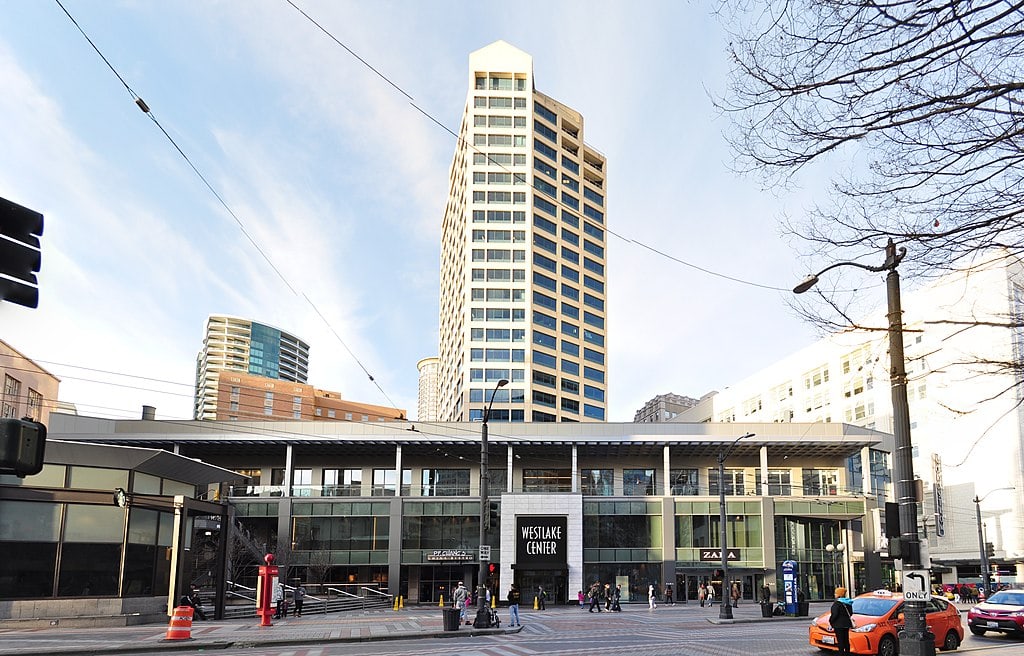
Parkside Renovation and Public Space Strategy
Seattle Parks and Recreation launched formal design work for Westlake Park in late 2024.
After years of ad hoc programming and quick repairs, the city and its nonprofit partner, Seattle Parks Foundation, moved forward with a multi-phase overhaul targeting usability, lighting, and layout.
The public got its first look during a November 2024 feedback session.
The second came during an open house on April 16, 2025, hosted inside the Seaboard Building just steps from the park's edge.
Concept plans included permanent play structures, upgraded landscaping, plaza surface repair, and the removal of the stage and circular fountain.
Both features had been around for decades but were no longer viewed as functional.
City staff described the new layout as better suited for daily use - casual dining, social seating, and spontaneous visits rather than scheduled events.
The fountain area would be replaced with shade trees and open turf.
Funding came in two rounds: $1.3 million allocated in 2025 and another $2.3 million earmarked for 2026.
Construction is expected to begin in August 2025 with an April 2026 delivery date, tied loosely to the World Cup fan mobility timeline.
For Westlake Center, that means sharing foot traffic with a rebuilt public space.
But the alignment is logistical, not strategic.
Public Feedback and Design Controversy
During the April open house, feedback was mixed. One set of boards showed interactive water features in place of the drained fountain.
Another eliminated raised platforms. City planners cited safety, access, and passive-use metrics.
The Downtown Seattle Association, which manages activation contracts for the park, supported the design shift.
It aligned with a broader strategy to reduce infrastructure maintenance and increase day-to-day foot traffic.
In practice, the design changes reframed the park from a programmed venue to a landscaped passage.
The city said it would support temporary performance installations instead.
A draft summary from February 2025 included feedback from over 300 residents.
The word "loss" appeared more than once.

Leasing, Vacancy, and Future Retail Prospects
The third-floor unit formerly held by Saks OFF 5th remains empty.
The space, 36,000 square feet with escalator and elevator access, is being offered on a sublease running through October 2027.
Listing agents on LoopNet describe it as fully built out and ready for occupancy.
Mall ownership hasn't announced any repositioning or rebranding.
Westlake Center's retail mix still includes Nordstrom Rack, Zara, and a handful of fast-service food spots.
Lower levels near the Pine Street entrance hold up better in terms of lease duration and visibility.
However, the loss of a full anchor tenant created a vacuum.
Larger national chains have pulled back from locations with high costs or irregular foot patterns.
Westlake Center fits that profile. Even with Link light rail access downstairs, the flow is inconsistent.
The leasing strategy now tilts toward flexibility.
The space could house a flagship concept, a fitness operator, or even a pop-up partner aligned with 2026 event traffic.
Brokers have pointed to proximity to Pike Street and monorail access, but those transit perks haven't yet translated into signed leases.
Westlake Center remains in play, but the clock keeps running.
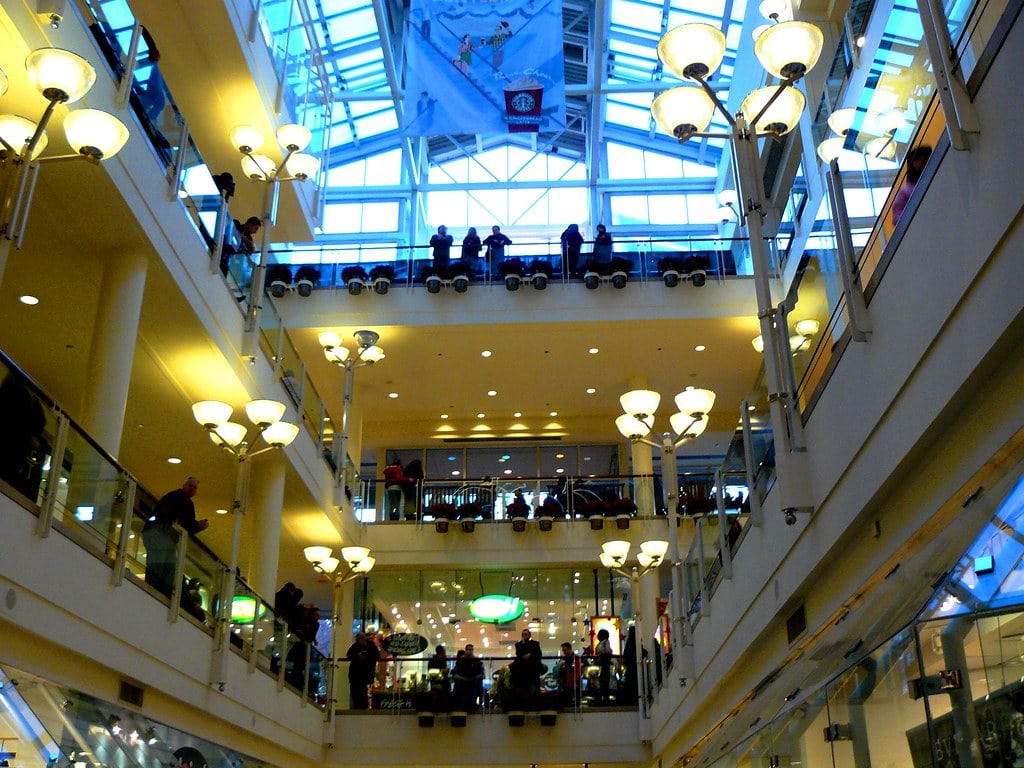
🍀

